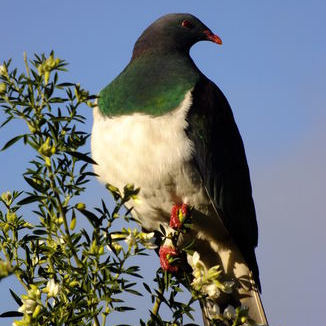Tagasaste trees (Chamaecytisus palmensis, also known as tree lucerne) are a valuable and versatile plant species that offer various uses and qualities. Originally from the Canary Islands, tagasaste trees have been introduced to different regions worldwide for their numerous benefits. Here are some of the uses and qualities of tagasaste trees:
- Animal Feed: One of the primary uses of tagasaste trees is as a high-quality fodder crop for livestock, particularly for sheep, goats, cattle, and rabbits. The leaves and young shoots of the tree are rich in protein, making them a valuable source of nutritious feed for grazing animals.
- Soil Improvement: Tagasaste trees are nitrogen-fixing legumes, which means they have the ability to capture nitrogen from the atmosphere and convert it into a form that enriches the soil. This helps improve soil fertility and provides a natural source of nitrogen for other nearby plants.
- Erosion Control: Due to their deep root systems and dense growth habit, tagasaste trees are effective in stabilizing soil on steep slopes and in erosion-prone areas. Their roots help prevent soil erosion and minimize the risk of landslides.
- Windbreaks and Hedgerows: Tagasaste trees are often used as windbreaks and hedgerows on farms to protect crops, livestock, and buildings from strong winds. Their dense growth helps reduce wind speed and provides a sheltered microclimate.
- Bee Forage: The attractive flowers of tagasaste trees serve as a valuable source of nectar for bees and other pollinators. Planting tagasaste trees can help support bee populations and improve pollination in the surrounding area.
- Firewood and Timber: While tagasaste trees are not typically grown for large-scale timber production, they can be pruned regularly, and the trimmings can be used as a source of firewood or small-scale construction material.
- Wildlife Habitat: The dense foliage and nitrogen-rich leaves of tagasaste trees create a suitable habitat for various wildlife, including birds and insects. They can contribute to increasing biodiversity in the area where they are planted.
- Carbon Sequestration: Like all trees, tagasaste trees play a role in sequestering carbon dioxide from the atmosphere, helping to mitigate the impacts of climate change.
Qualities of Tagasaste Trees:
- Fast Growth: Tagasaste trees are known for their rapid growth rate, allowing them to establish quickly and begin providing fodder and other benefits within a relatively short period.
- Drought Tolerance: Once established, tagasaste trees exhibit good drought tolerance, making them suitable for arid and semi-arid regions.
- Adaptability: They can grow in a variety of soil types and are tolerant of a wide range of environmental conditions.
- Low Maintenance: Tagasaste trees generally require minimal care once established, making them a low-maintenance option for farmers and landowners.
Overall, tagasaste trees are a valuable agroforestry species that offers a range of benefits, especially in areas where fodder, soil improvement, and erosion control are significant concerns.

